The aim is not to look for an answer, but to hold the audience in tense, to call for vigilance against the terrible drowsiness, that may result in the spectator concurring to calmness created by the distortion of the divider between disaster and prosperity.
The goal is to explore the absence, to reveal what exists outside of these fragments – before, after, and within us.
My journalist friends were at the place, where the shell exploded, a few meters away from
the outdoor light projector of the House of Culture.
Moving within seconds, two are saved, the third is wounded.
A little further a photographer friend of mine, helps to transport the injured foreign photographer to the hospital.

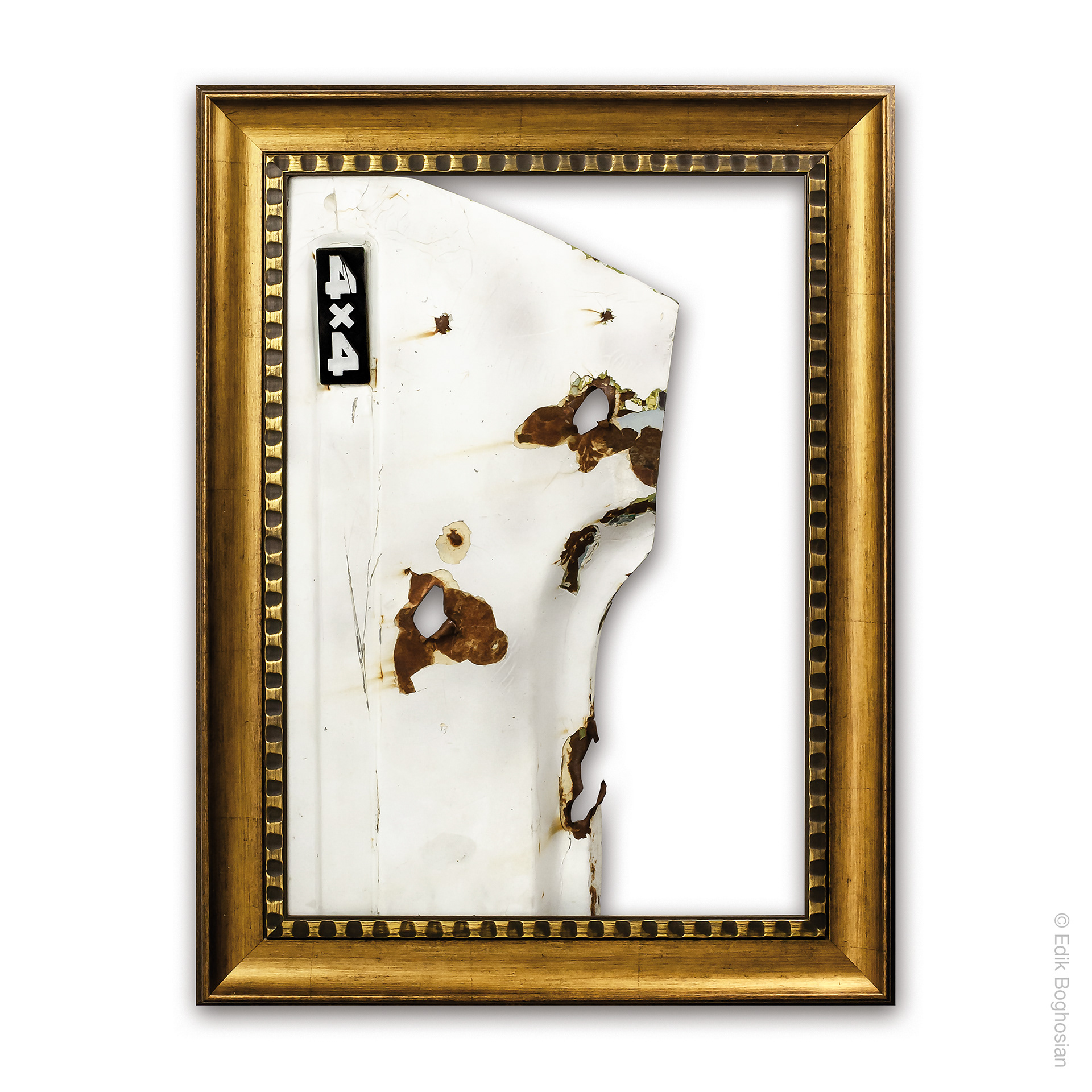
He had a Yeraz*.
He definitely had also a dream. But now?
* Yeraz is an automobile manufactured in Soviet Armenia. In Armenian yeraz means dream.

Grandpa was filling in grapes to make vodka. He’s gone now. The barrel is laying in the corner of the yard. They are shelling.
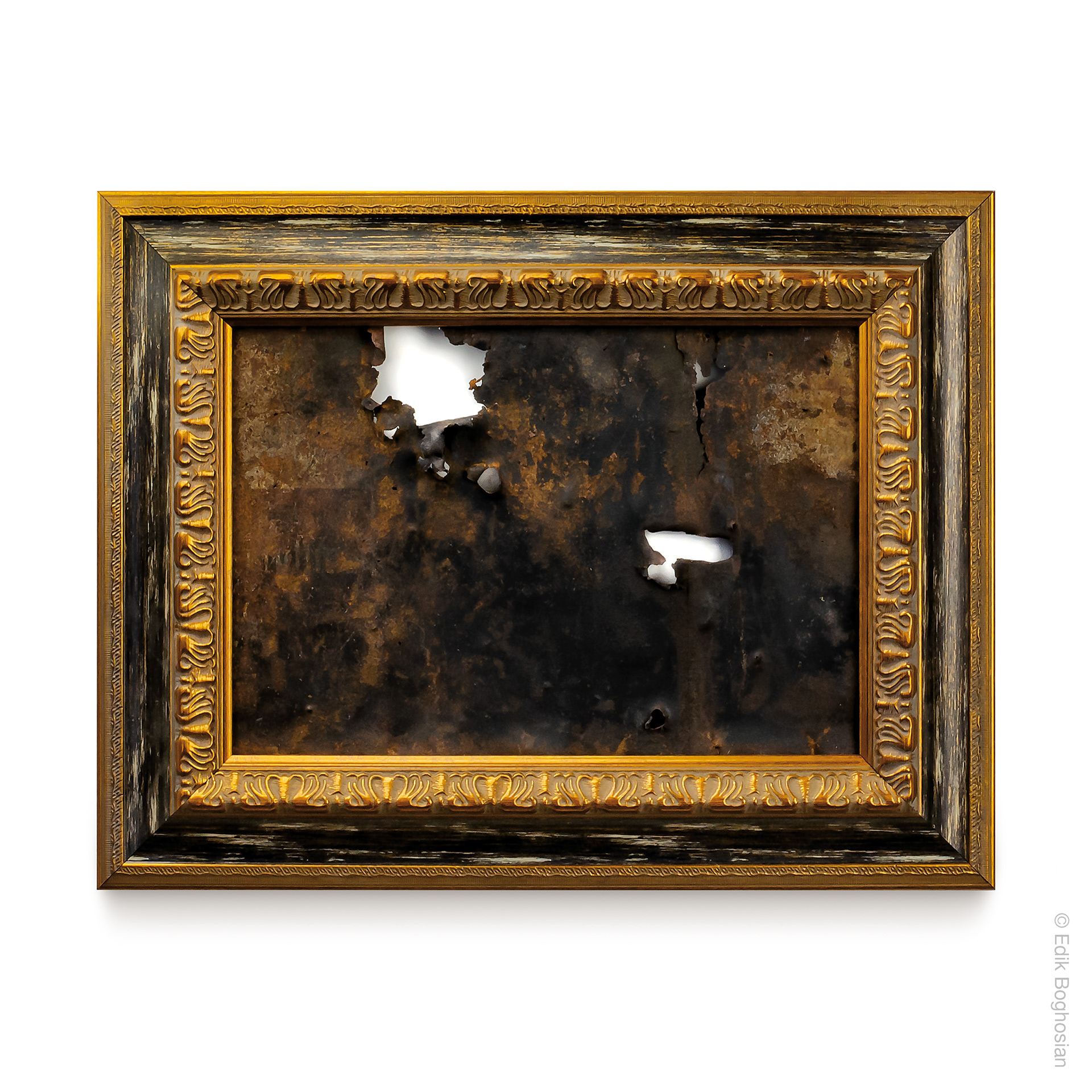
Dad is gone, too. The barrel is laying in the corner of the yard. The shelling continues.
The village mayor has gone out to evacuate as many people as possible with his ‘Gazel’.
The engine of the car doesn’t start, after each attempt the car jumps half a meter forward.
A few meters like that. The shell falls on the back of the car. The village mayor is alive.
In the evening the village internet club is empty. Whistle, exposure, dust and dirt.
It’s barely visible… the club is no longer there.
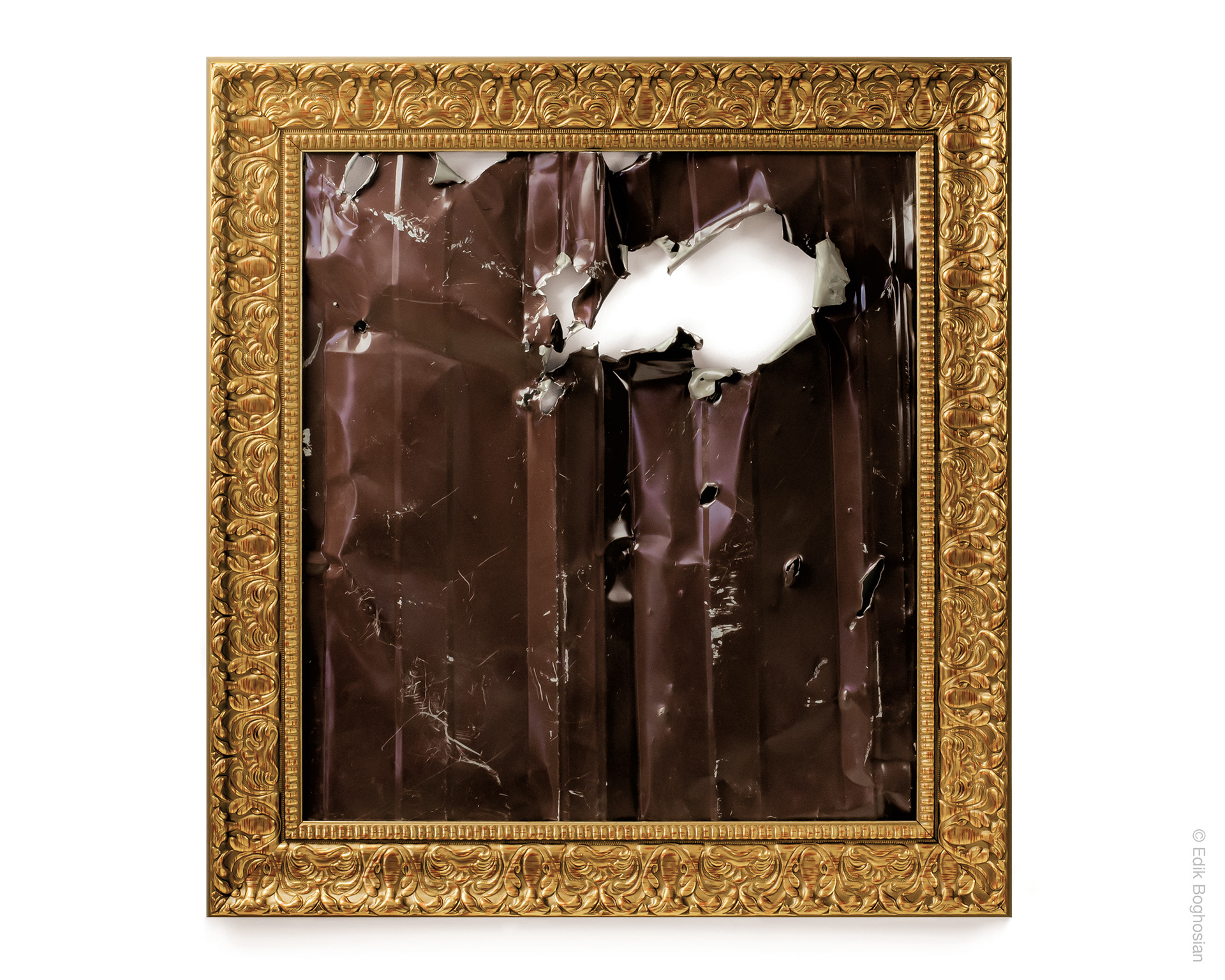
We enter the school on the hill. We are looking through the school register. There are big holes on the walls from shelling. A cold wind is blowing. The stove is crumpled, the roof is damaged.
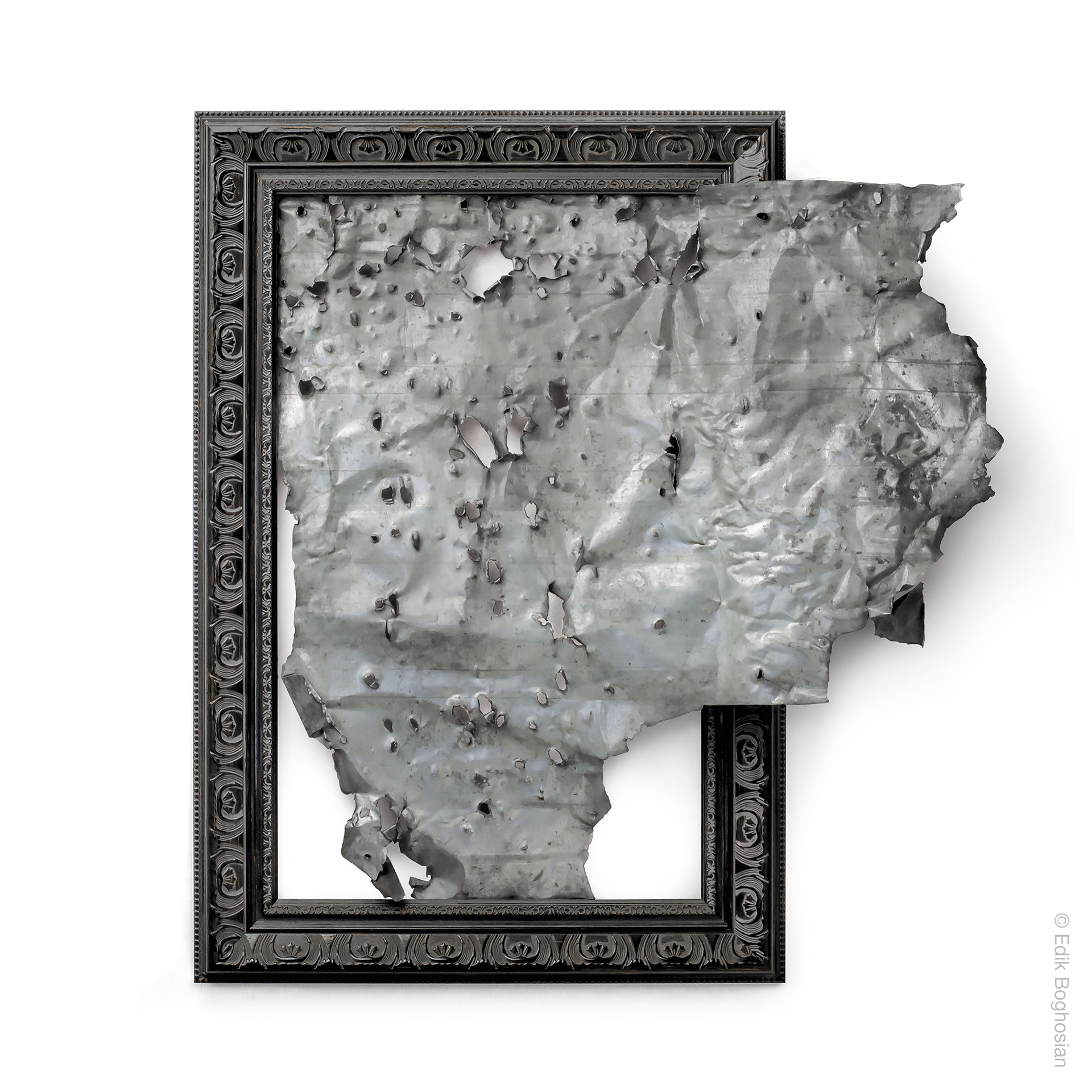
Fence... Rural outdoor toilet’s door... Maybe a piece of roof... Memory tends to be erased... Human being tends to forget.
curator
a disaster raises serious questions. First of all, a disaster dismantles the preconditions of
a creative process.
Not the act of creation itself, but even the focus and effort of conceptualization, requires minimum viable conditions: a hope of relative stability and a sense of conditional standstill, whereby, despite the absence of perpetual guarantees, the steady descend is hindered.
Edik Boghosian’s ‘In Quest of the Absent’ project was implemented at a time when all of the above mentioned preconditions were missing in Armenia. With all this, there is the survivor, the reality, the creator and the audience. There is also the pursuit of wellbeing and the social stupor, which are the subject of the author’s attention. This step can be called a monologue, aimed at engaging the survivor in a dialogue. It engages each of us in a monologue directed by the author in some way, through distinct means. He intends to bring together the existing traits of the carved and fragmented mentality of the society of yesterday, today, and tomorrow, creating a bond between the survived and the absent with an expectation of looking at it as a whole.
The artist initiates his own quest of the absent, establishing the individuals’ duality and fragmented perception by the lack of conviction of facing or merging with the absent, or at least the intention to extend the dialogue.
Items, testimonies, and observations that were directly related to the disaster are presented in the neutral zone of the exhibition. Through these articles, that are persistently being redacted and faded away very fast, the artist is pursuing the living person, the non-attending witness, whereas if the mutual existence ceases, the survivor himself cessates to live. The person becomes a depleted, futile body.
The body of a bombarded car...
A Martuni City garbage can with ‘Keep clean’ note.
A damaged rural school’s roofing sheet turned into a net.
A photo taken from a window of a house in Stepanakert.
An interview with a witness.
A verbal collage, a text, a reference, an explanation made out of street announcements.
There could be more.
The point is to express the emotions and thoughts, which the author, using the object synonyms of the disaster, turns into a means of a dialogue between the society and the absence.
The author presents a regular object that has diverged from its original use, in an unfiltered manner, and, in some cases, combined with a frame. The substantive meaning of the ornamented and glittering frame, which, in this case, reflects the worship of convenience and the stupor of wellbeing, turns the disaster into a relative phenomenon, touches the invisible border between the missing and the aesthetic symbol.
Edik Boghosian’s recent project, in addition to being an indicator of the author’s moral and, philosophical position, completes and intensifies his artistic struggles of recent years. In this case, his many experiences – poetry, philosophical thinking, objects, documentaries, images – serve one common message.And that message is about the reality, which must be faced. He sees the key to a person, to the present and future, in the desire to engage in a dialogue with the absent.
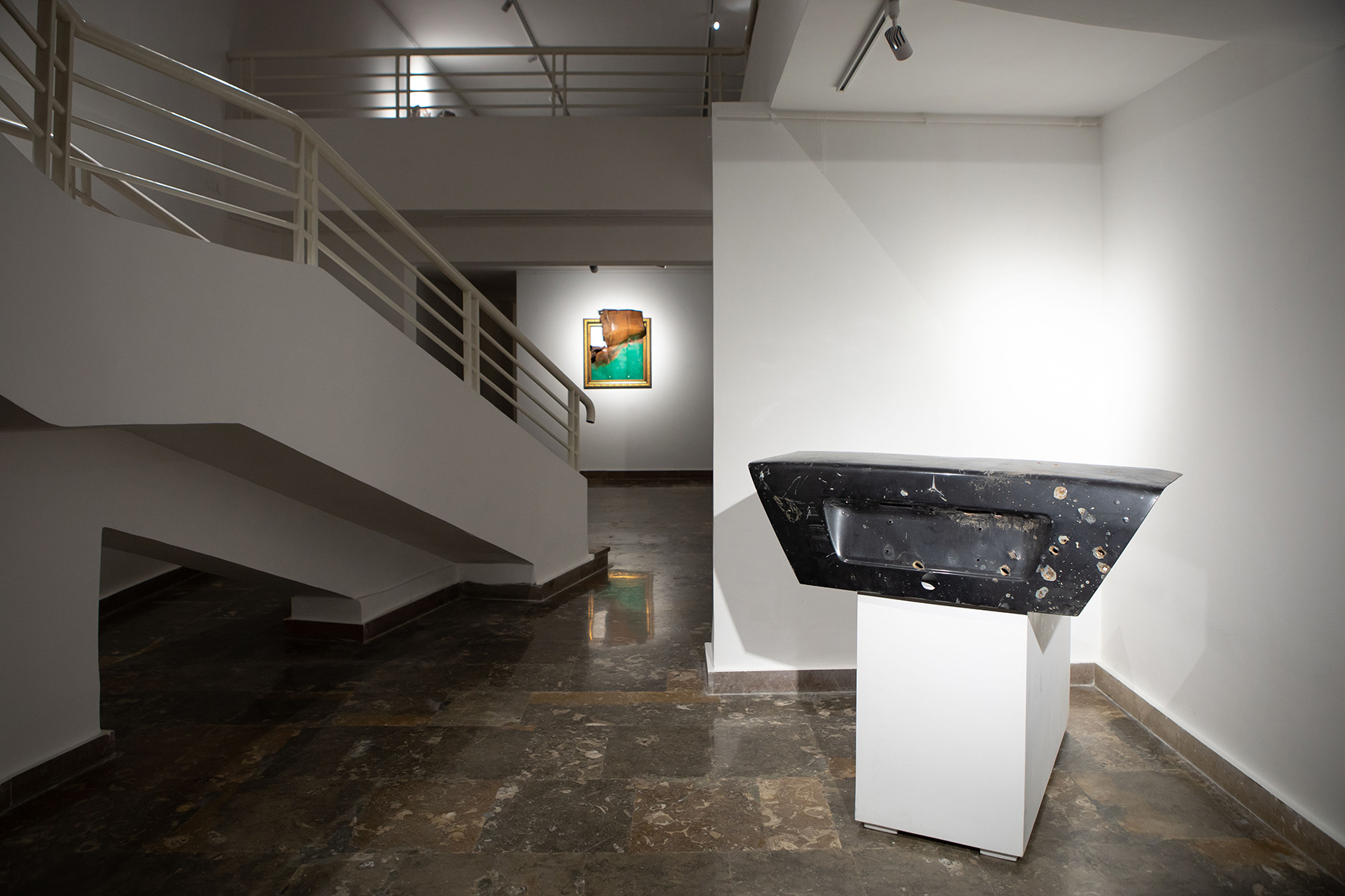

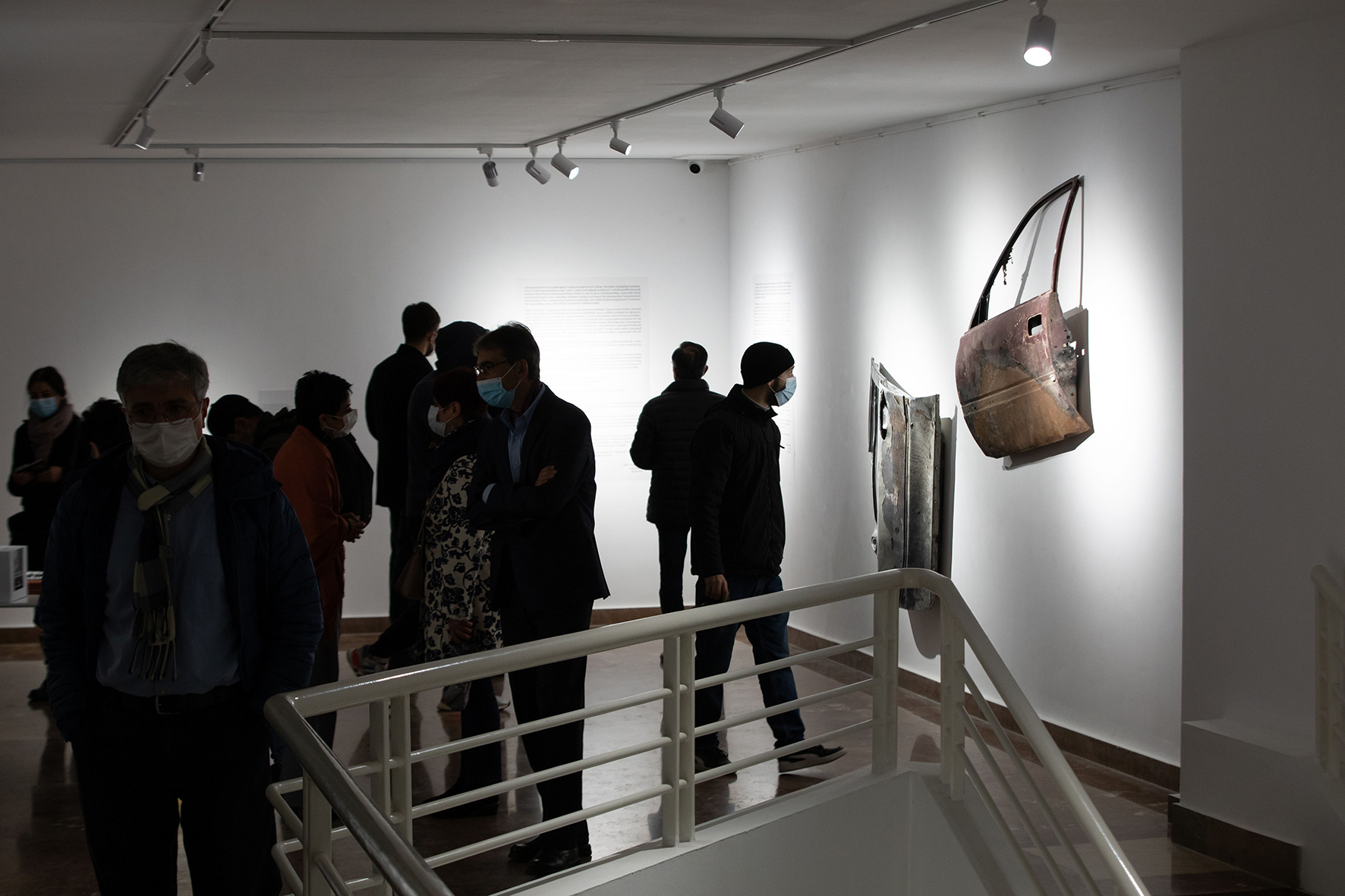
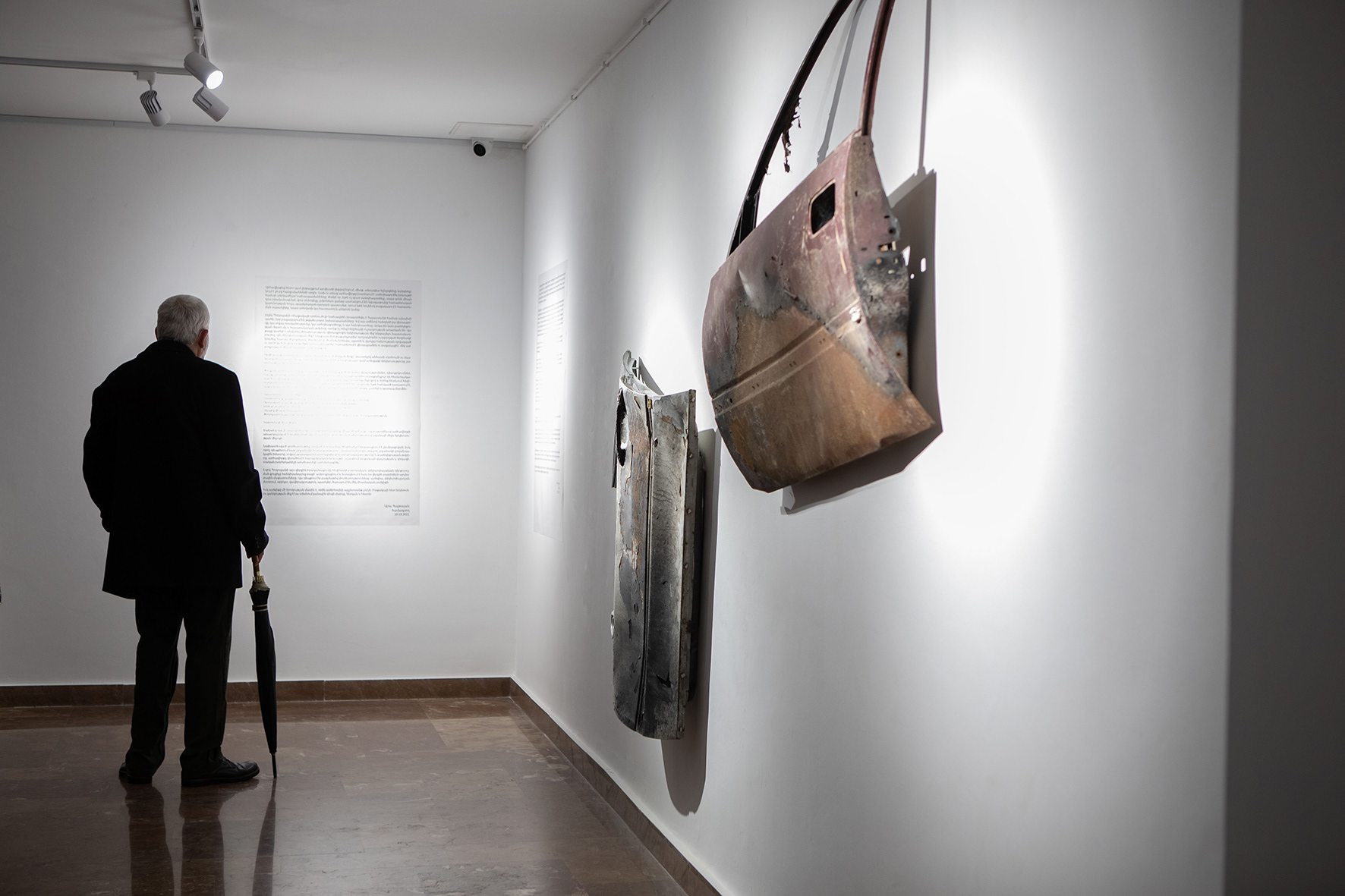
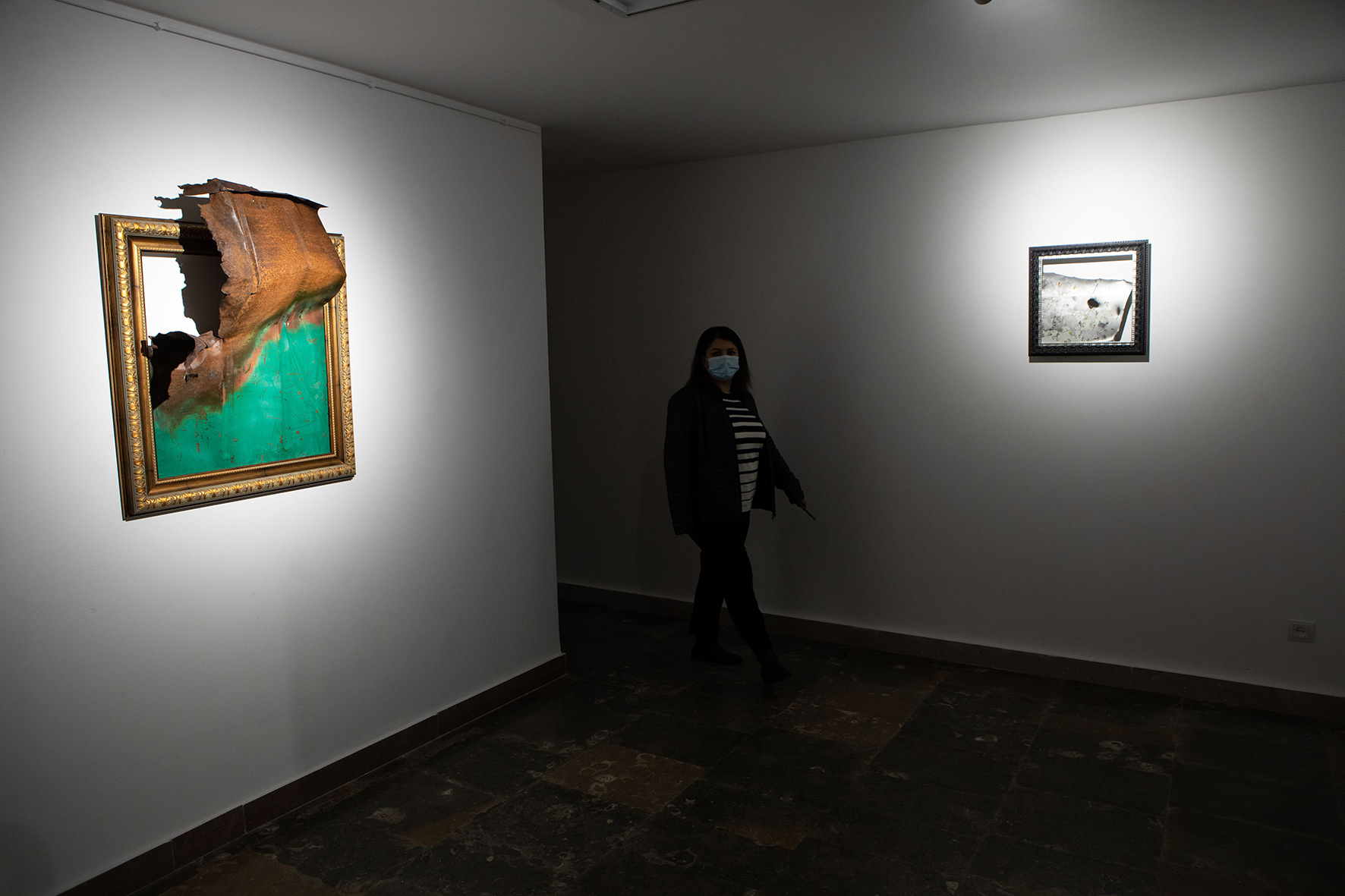
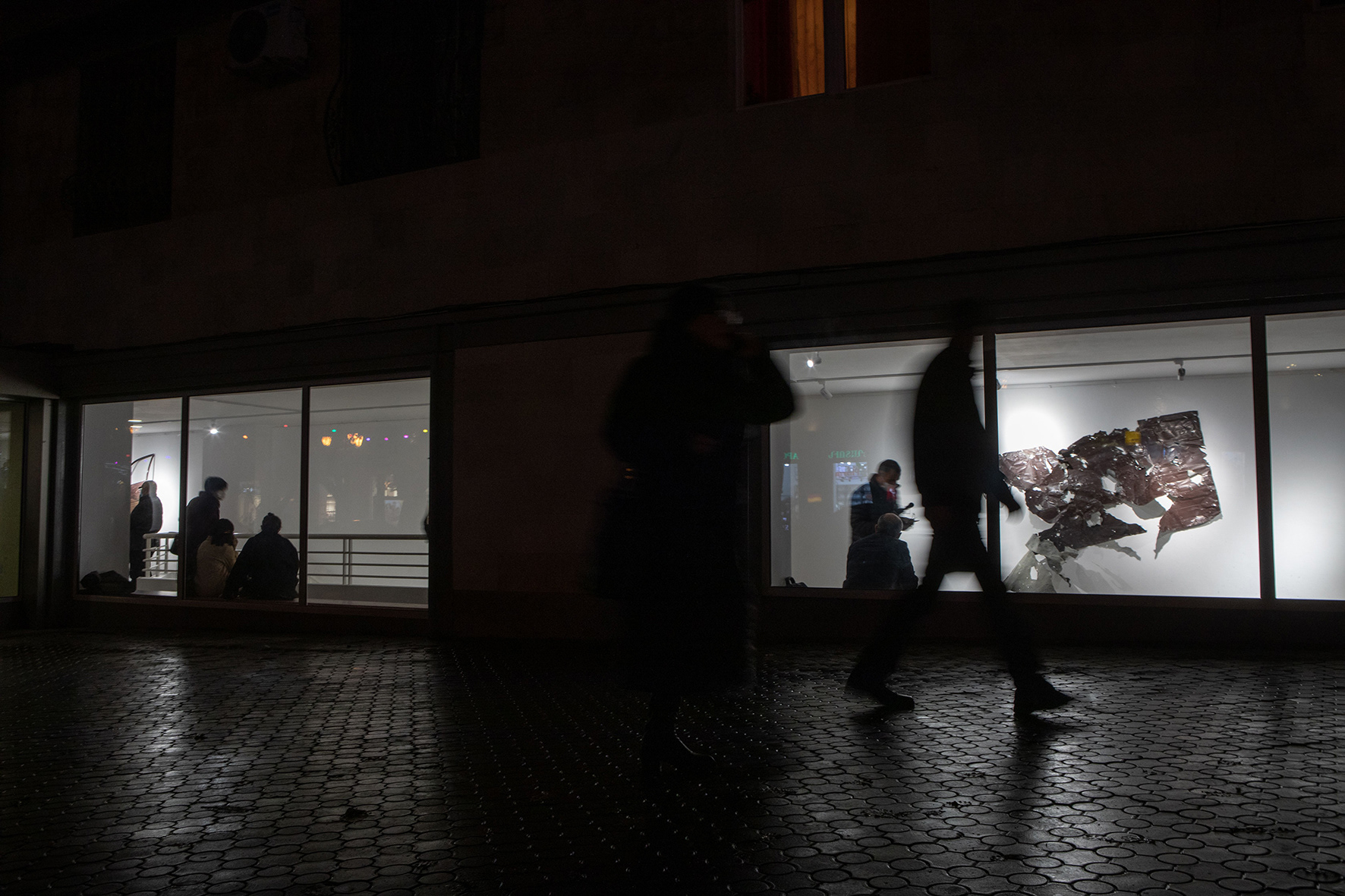

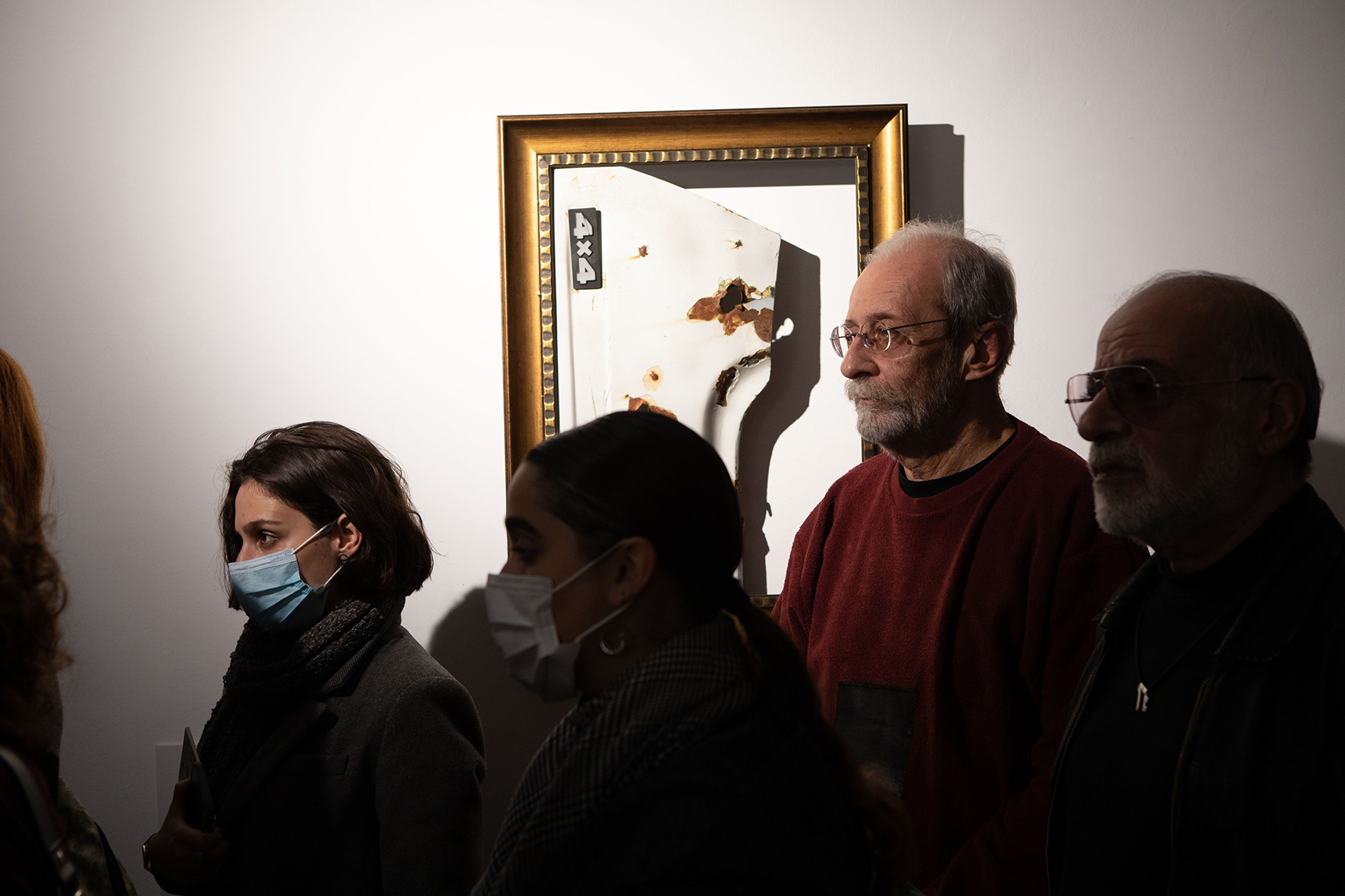

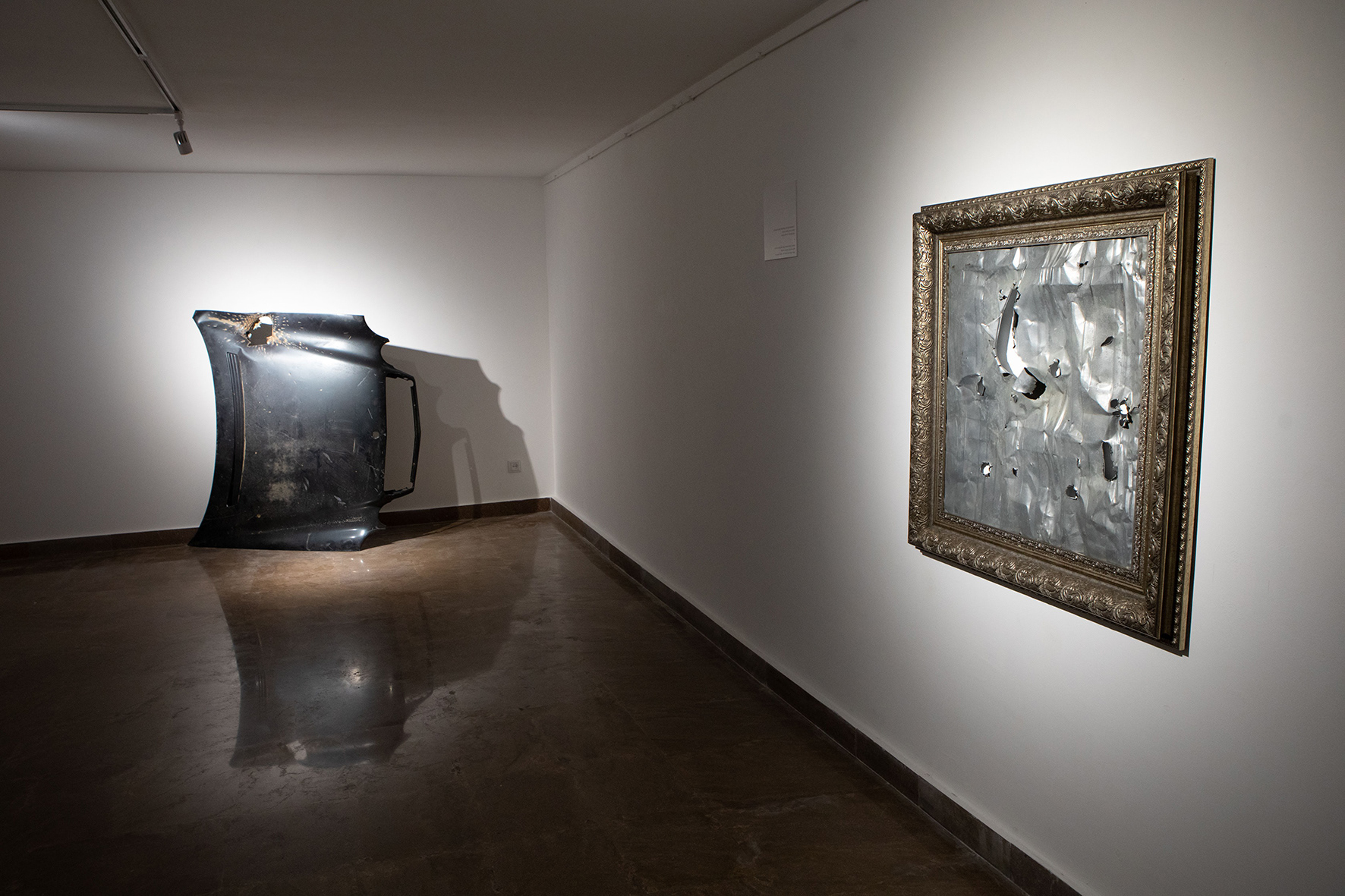

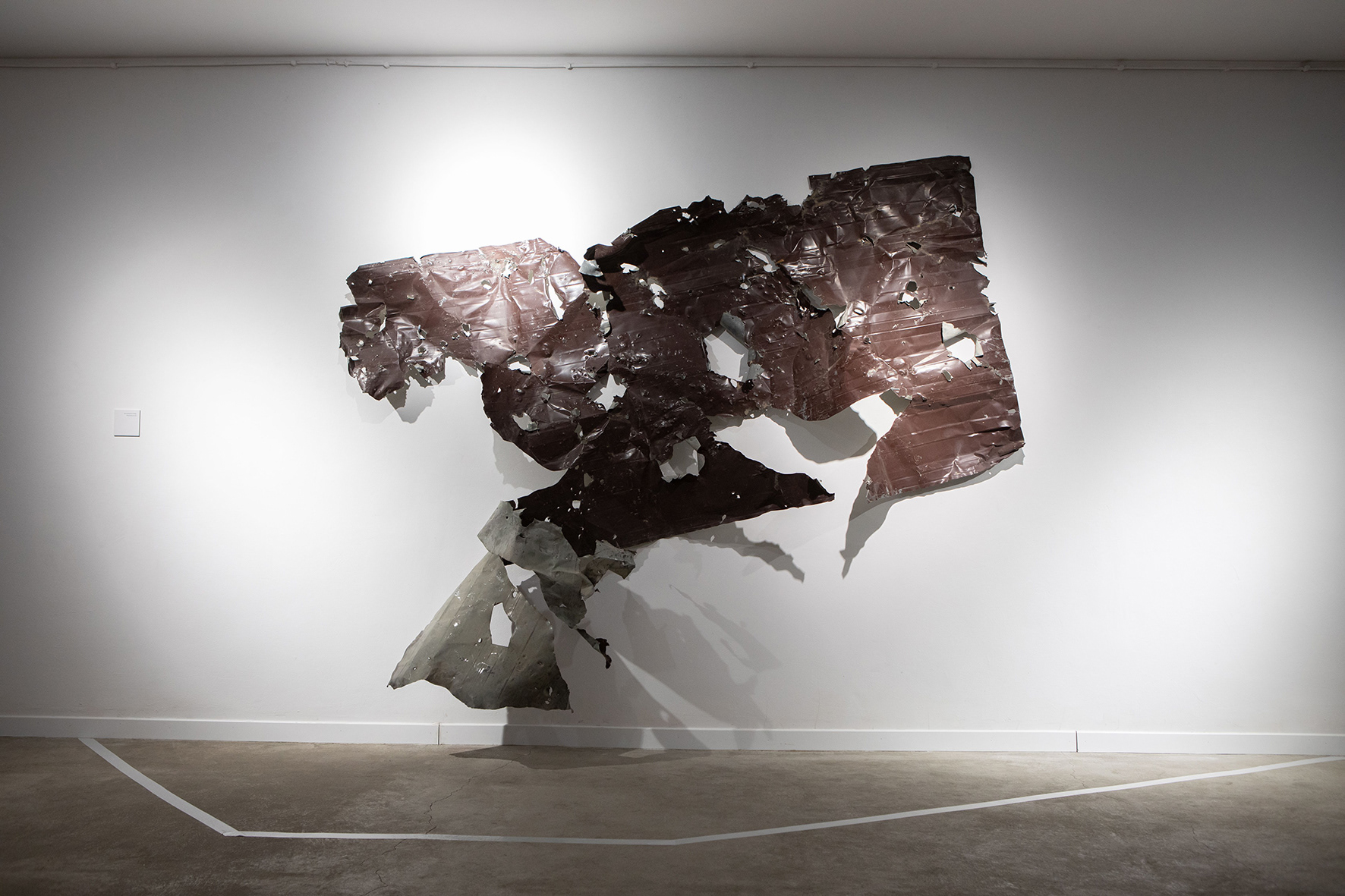

Crisis Response’ programme. The contents of the catalogue are the sole responsibility of the author, and can in no way be taken to reflect the views of the European Union and EPF-Armenia.
